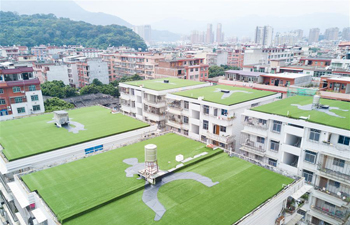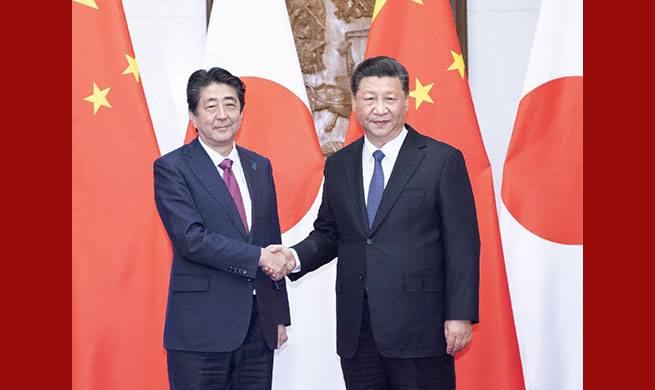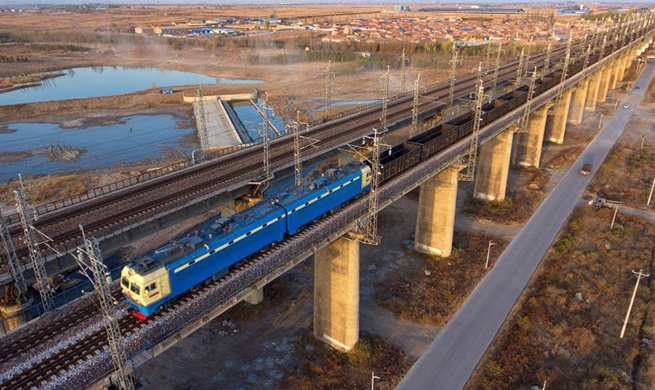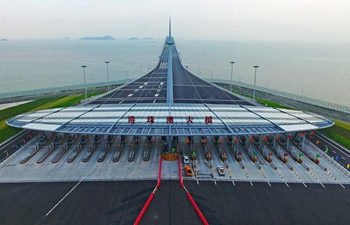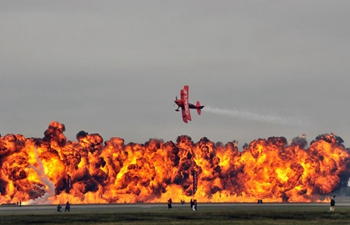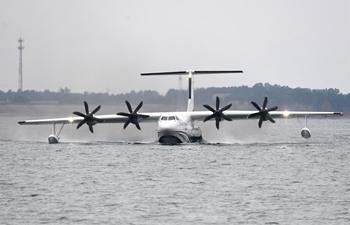GENEVA, Oct. 26 (Xinhua) -- East Asia has measured a continuous increase in the level of ozone, which is harmful to human health, crops and ecosystems, the World Meteorological Organization (WMO) said on Friday.
According to a latest report, the WMO Reactive Gases Bulletin, since 2000, both average and peak surface ozone concentrations have levelled off and even started to fall at some locations after increasing in Europe and North America throughout the 20th century, thanks to air quality regulations and anti-pollution measures there.
However, the few available monitoring stations in East Asia have measured a continuous increase in ozone levels.
"The stratospheric ozone layer protects us by absorbing harmful ultraviolet radiation from the sun. However, in the low-level troposphere, ozone is harmful to human respiratory and cardiovascular systems and contributes to the premature death of hundreds of thousands of people each year," said Martin Schultz, who until recently chaired the WMO's Reactive Gases Scientific Advisory Group.
"Scientific assessments of tropospheric ozone are a vital tool to inform health policies and action on long-range transboundary air pollution," he continued.
The WMO report emphasizes on the need for more widespread and systematic surface observations, which are sparse or lacking in many parts of the world, but would enable better scientific assessments of the global distribution and impacts of ozone.
There is also a need for more urban monitoring of ozone precursors, which is necessary to investigate episodes of high ozone levels and to verify compliance with air quality regulations, the reports says.
Air pollution is one of the largest causes of death worldwide, claiming 7 million lives per year, according to the World Health Organization (WHO). Ozone is one of the air pollutants that shows the strongest evidence of health effects, in addition to particulate matter, nitrogen dioxide and sulphur dioxide. Eight of ten cities in the world exceed WHO Air Quality guideline levels.
Many countries have implemented ozone air quality standards for the protection of human health through an exposure limit based on the maximum eight-hour average ozone concentration.
In Europe, for example, the threshold value is 60 parts per billion (ppb), in the U.S. 70 ppb and in China 75 ppb, while the WHO recommended value is 50 ppb.









